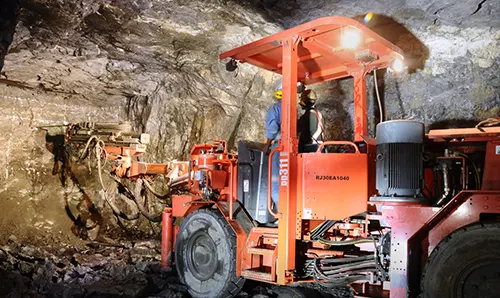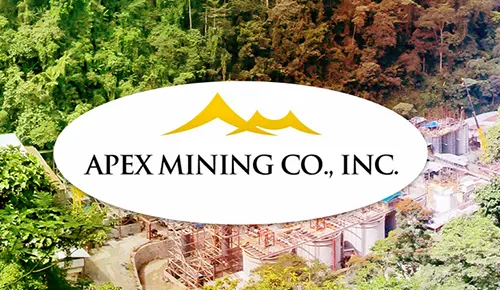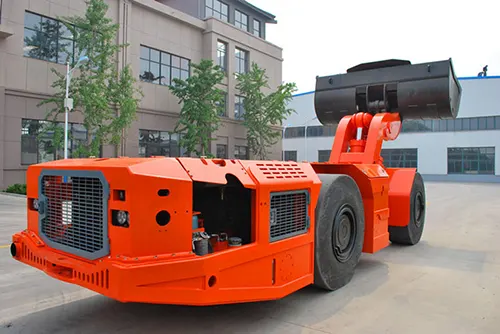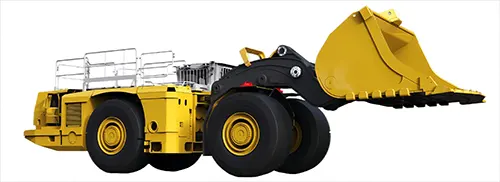Table of Contents
India’s mining industry is a landscape of vast opportunities intertwined with significant challenges. This nation, rich in mineral resources, plays a crucial role in the global supply chain, from iron ore to bauxite and even the recently discovered lithium reserves. But how does India balance its mineral wealth with the hurdles it faces? Let’s delve into seven key insights that shed light on the complexities and opportunities within India’s mining.
1. Rich Mineral Resources
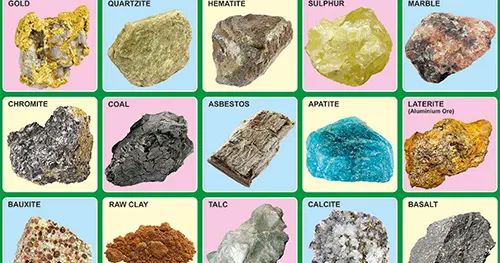
India’s mining is blessed with a diverse array of mineral resources, making it a significant player on the global stage. The country is one of the leading producers and exporters of iron ore, with substantial deposits located in states like Jharkhand, Kerala, Odisha, and Chhattisgarh. These regions are the backbone of India’s mining industry, supplying both domestic and international markets.
Bauxite is another critical resource within India’s mining industry, with over 3 billion tons of reserves. However, a considerable portion of these deposits lies in remote tribal areas, posing challenges for extraction. States like Odisha and Andhra Pradesh are the primary bauxite-producing regions, and there’s potential to increase production if these challenges can be managed effectively.
2. Production and Demand Dynamics
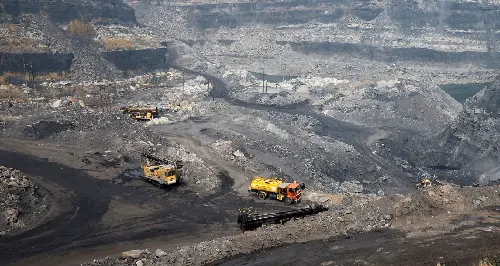
The production and demand dynamics of various minerals reflect the growing importance of India’s mining industry to its industrial base. In January 2024, India’s coal production reached 99.8 million tons, while iron ore production hit 25.2 million tons. This surge is partly driven by increased steel demand, which led to a 41% year-on-year growth in iron ore sales, a key indicator of the vibrancy within India’s mining industry.
India’s government and private sector are also looking to ramp up the production of certain minerals. For instance, there are plans to boost bauxite production to 50 million tons annually, but current output struggles to meet the nation’s rising demand for alumina. This gap between production and demand is a critical issue that India’s mining industry must address to support its burgeoning industries.
3. Government Policies and Initiatives

In recent years, the Indian government has placed a strong emphasis on securing critical mineral supplies, which is vital for the sustainability of India’s mining industry. For example, after discovering its first large lithium deposit in 2023, the Ministry of Mines announced legislation to allow government auctioning and extraction of these newly discovered lithium reserves, alongside other vital minerals that are central to India’s mining industry.
Moreover, India has taken steps to protect its strategic interests by planning to ban the export of certain rare metals, including lithium, beryllium, niobium, and tantalum. This move is intended to secure domestic supply for key industries. The government has also launched auctions for critical mineral blocks, including lithium, potassium, vanadium, graphite, and rare earth elements, and set royalty rates for some of these minerals. These initiatives demonstrate India’s commitment to fostering a robust domestic mining sector that aligns with the goals of India’s mining industry.
4. International Collaboration
Recognizing the importance of a diversified supply chain, India’s mining industry has benefited from strengthened international partnerships to secure critical minerals. For instance, India and Australia have engaged in discussions to enhance cooperation in key mineral projects and supply chains, including financial support and memorandums of understanding to ensure steady supplies for India’s mining industry.
Additionally, India has signed a lithium exploration agreement with Argentina’s state-owned mining company, marking a significant step towards securing lithium supplies from five exploration blocks in Argentina. These collaborations are vital for India’s mining industry as it seeks to become a leader in the global mining industry, particularly in the field of critical minerals.
5. Employment Challenges
Despite the potential of India’s mining industry, it has not been immune to employment crises. Policy confusion, ineffective implementation, and unfavorable legislation have led to significant job losses and difficulties in creating new employment opportunities. For example, the closure of mines in Goa, reduced production in Karnataka, Odisha, and Jharkhand, and the expiration of licenses for 329 mines by March 2020, collectively impacted around 200,000 livelihoods directly linked to India’s mining industry.
The disruption in employment has also affected the broader economy, particularly in regions heavily dependent on mining. Revitalizing these jobs and creating new opportunities in India’s mining industry will require a concerted effort from both the government and private industry, focusing on policy clarity and proactive measures.
6. Environmental and Sustainability Challenges
Sustainability and environmental protection are critical concerns for India’s mining industry. The extraction of minerals often poses risks to the environment, particularly in ecologically sensitive areas. For example, mining activities can lead to deforestation, soil erosion, water pollution, and loss of biodiversity. These are significant challenges that India’s mining industry must address to ensure long-term sustainability.
To address these concerns, India’s mining industry must adopt sustainable mining practices that minimize environmental impact while maximizing resource efficiency. This includes implementing strict environmental regulations, investing in green technologies, and encouraging the rehabilitation of mined areas. Balancing economic growth with environmental sustainability is crucial for the long-term viability of India’s mining industry.
7. Infrastructure and Technology Gaps
The geographical challenges of India’s mining industry, especially those located in remote areas, highlight the need for better infrastructure. Poor roads, inadequate transportation networks, and limited access to electricity hinder the efficient extraction and transportation of minerals. These infrastructure gaps increase operational costs and reduce the competitiveness of India’s mining industry in the global market.
In addition to infrastructure, India’s mining industry must bridge the technological gap. Compared to global standards, India’s mining technology is often outdated, leading to lower productivity and higher resource wastage. Investing in modern mining technologies, such as automated equipment and advanced exploration techniques, can significantly enhance efficiency and reduce environmental impact. This is a crucial area of improvement for India’s mining industry to maintain its global standing.
Conclusion
India’s mining industry is a sector brimming with potential, yet it is also fraught with challenges that require strategic solutions. The country’s rich mineral resources, coupled with proactive government policies, position India as a key player in the global mining arena. However, addressing employment issues, environmental concerns, and infrastructure and technology gaps are critical to ensuring the sustainable growth of India’s mining industry.
By leveraging international partnerships, investing in modern technologies, and prioritizing sustainable practices, India’s mining industry can unlock its full potential, driving economic growth and securing its position as a global mining powerhouse.
Related Links
CNR Underground Mining Loaders (LHDs) and Trucks
Indian Metals And Mining Industry – In-depth Analysis
The Metals and Mining Industry in India: Growing Industries of the Future

